Parental Controls
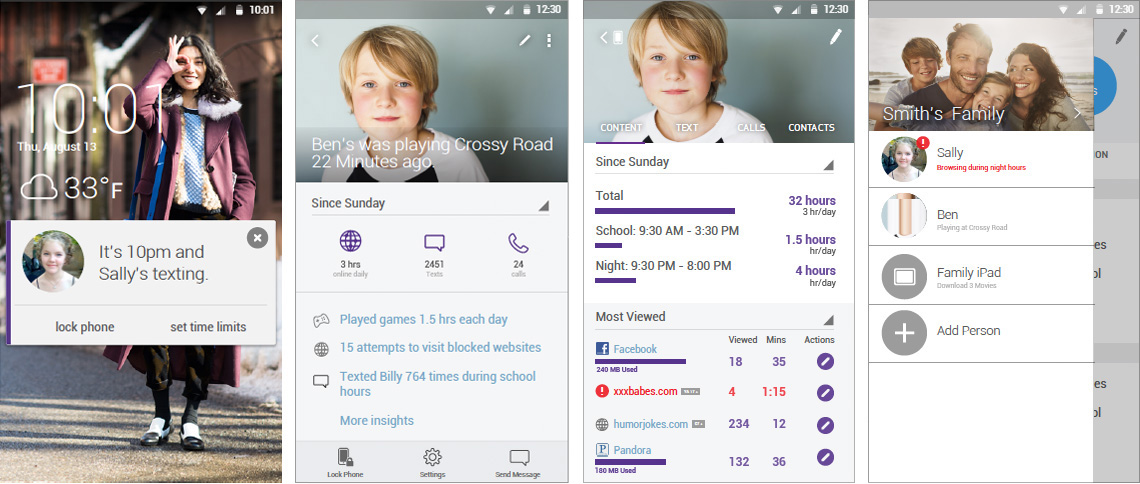
My Role
My first project at Verizon. I was asked to assemble a UX team to help the already engaged product team to bring a new and competitive parental controls solution to market. My contributions included project management, user research, strategy, and experience design.
Challenge
- Convince a 50 person product team, representing 3 lines of business, already 6 months into defining business requirements, to learn about their user’s needs and behaviors.
- Validate whether or not the envisioned solution addressed parent’s need to monitor and control their children’s online activity.
- Infuse these user-centered design activities into a waterfall process without disrupting timelines or ruffling feathers.
- Provide user findings and recommendations to influence the product design before business requirements documentation concludes.
Process

Planning
The first step was selling the value of learning; It didn’t cost much, it didn’t take too much time, it didn’t interfere with the schedule, and how could it not benefit us?
I stayed away from terms like “research” and “strategy” in my plan, and presented the 6 week endeavor as activities we were going to do together to strengthen our product experience.
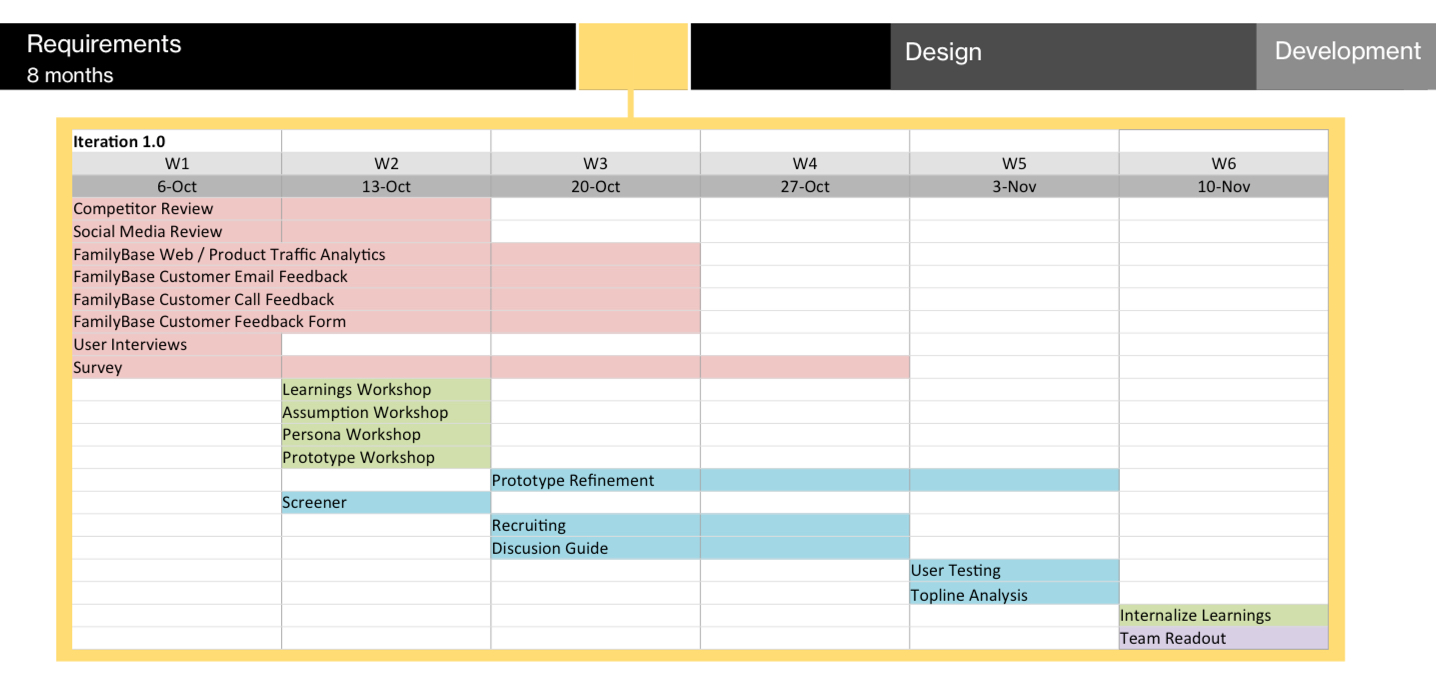
Research
The next step was to get the product team to empathize with their users. I put together a simple discussion guide and assigned the 50 team members to get out of the office and interview 2 families with children. From those notes I ran a empathy mapping exercise were we identified 2 unique target user groups; Controllers (Jen) and Monitors (Greg). The team began referring to these personas in ongoing requirements discussions.


I made sure the team’s ideas and concerns are heard. I ran several workshops where we pored over findings together to extract meaning. We co-designed solutions to “Jen” and “Greg’s” problems. We investigated assumptions and opinions.
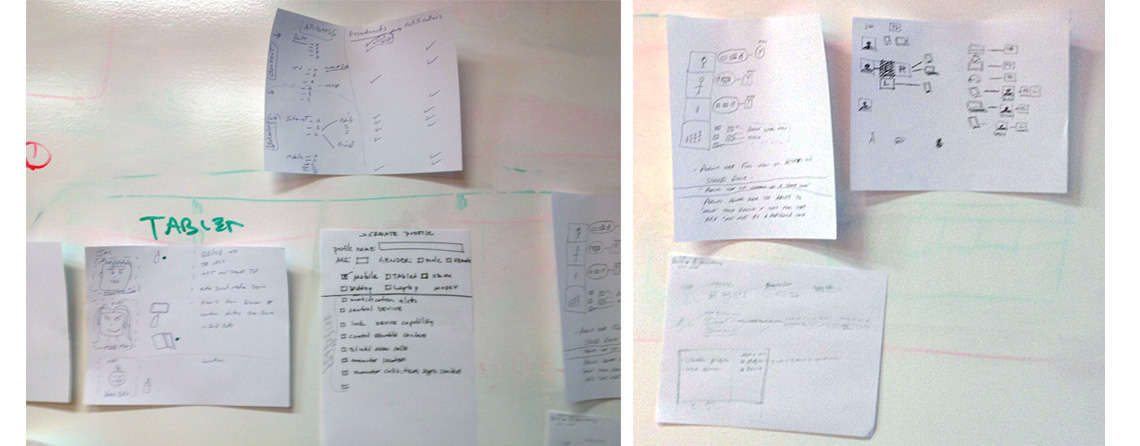
We translated the co-design sketches into the first set of wireframes.

At the same time, we investigated the market landscape, customer feedback, and mined social media reviews and complaints, bringing back findings to the team on a weekly basis.
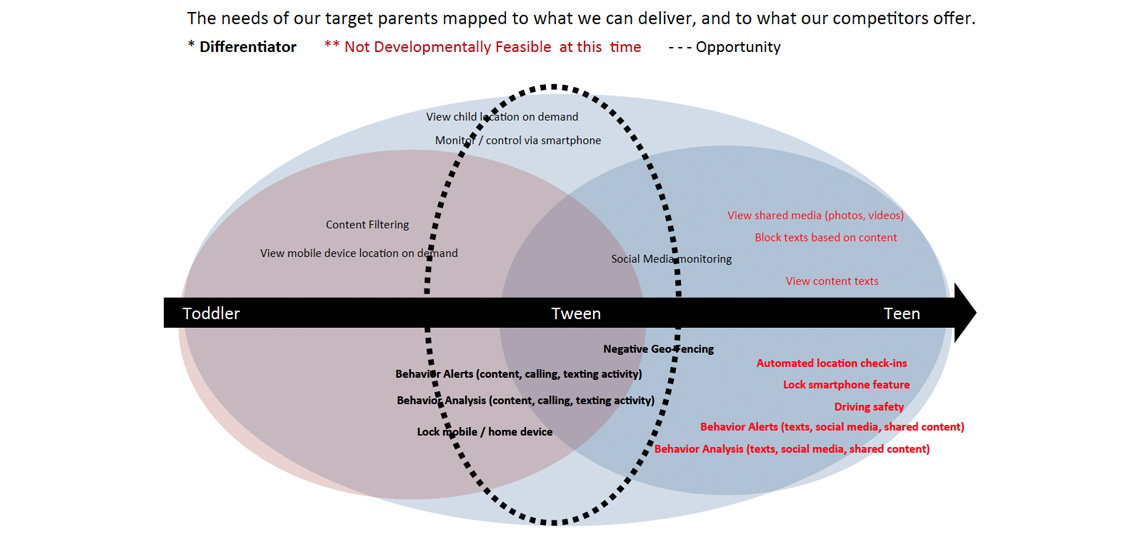
We tested 2 concepts with 12 target users; 1 design reflected the business requirements, and the 2nd addressed user problems while still adhering to business goals.
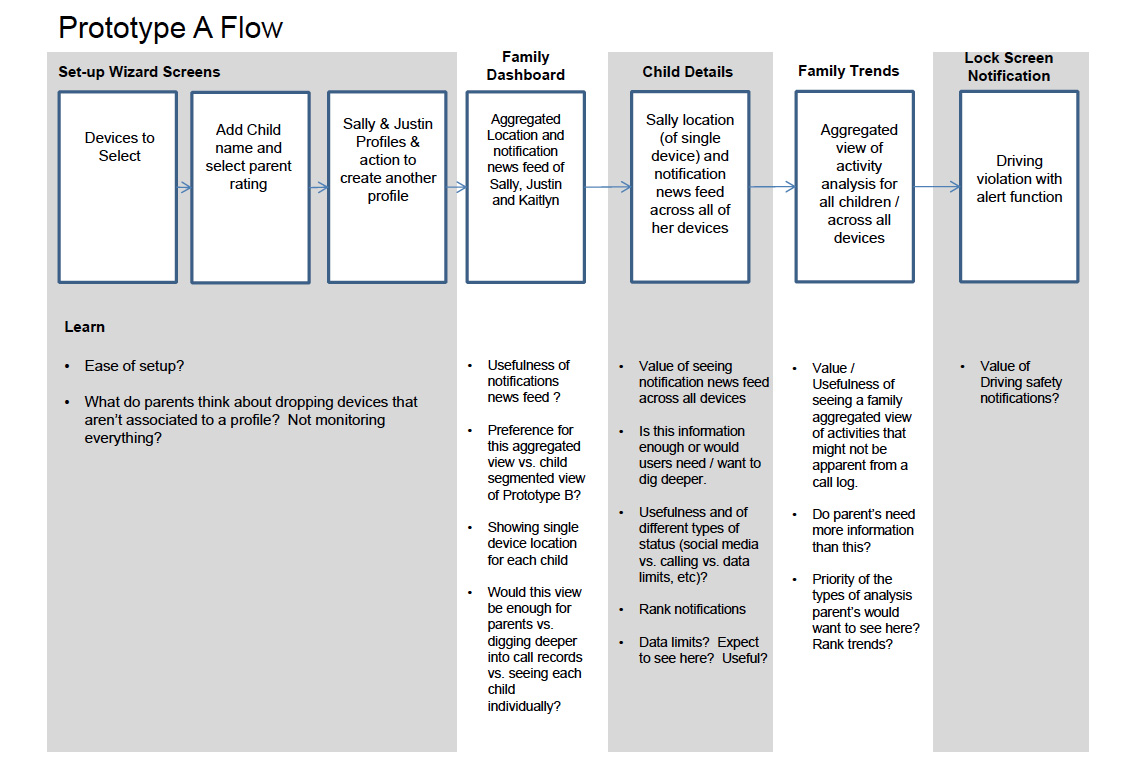


Lastly, I provide the team with actionable results based on user data. I never say strategy… it gets me into trouble. Instead I approach my product teams with recommendations based on the things we’ve learned together. It’s an argument that’s more difficult to dispute.
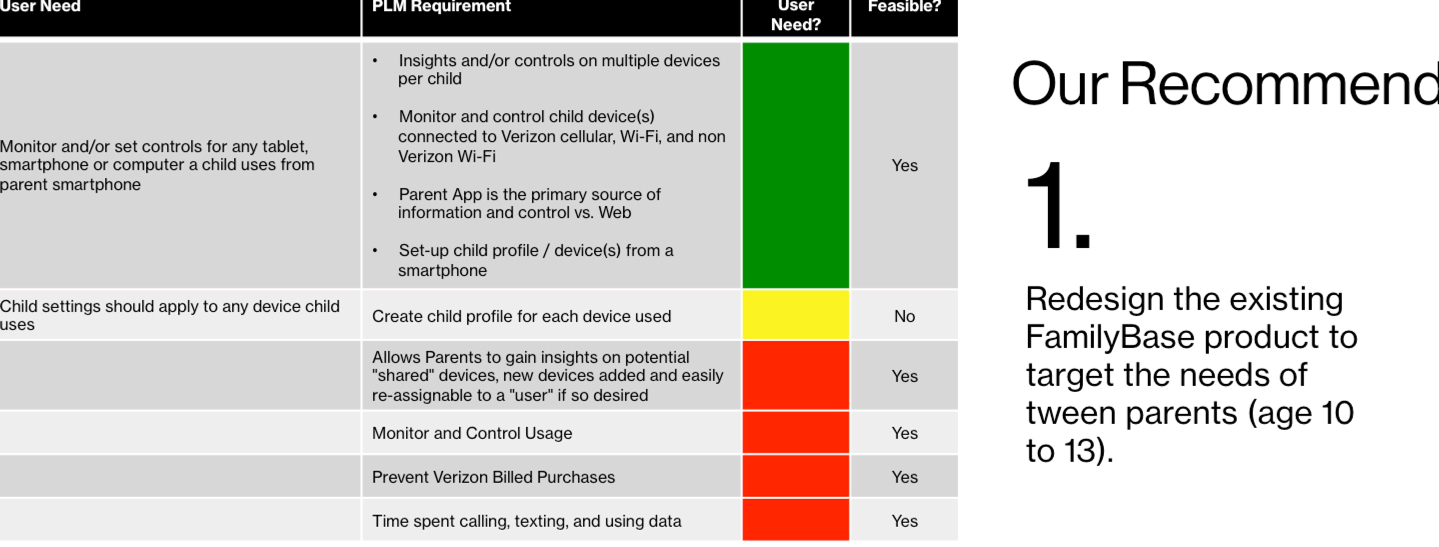
Result
- I learned to chalk up the “small wins.”
- In 6 weeks I was able to assemble a UX team across 3 business units, scrounge for money, and complete several research activities. Total cost, $2,800.
- The team began referring to our target users in meetings. I even saw the personas show up in a few business strategy decks.
- The UX team was able to influence many of the interface and business requirements.
- Word got out about what we accomplished, and other product teams began approaching me for help.